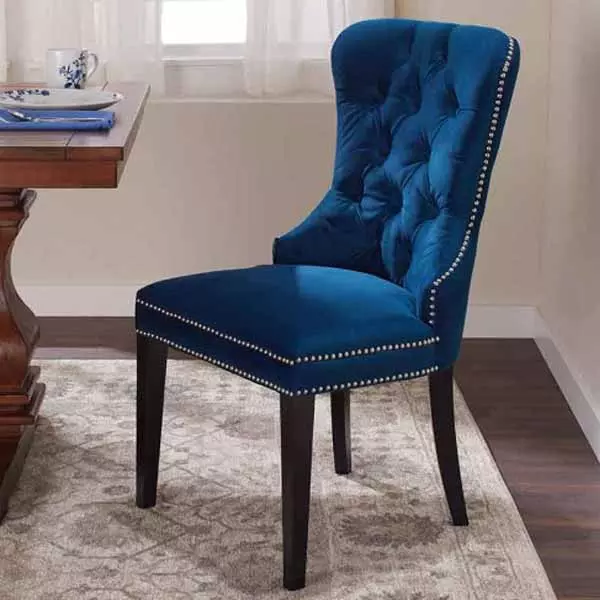Chairs are more than just functional objects; they’re a testament to human ingenuity, creativity, and evolution. From ancient Egyptian thrones to modern ergonomic designs, the history of chairs is as rich as it is varied.
Ancient Beginnings
The chair’s history traces back to ancient Egypt, around 2650-2575 BCE. Often shaped with animal-like legs and corded seating, these seats spoke of status and comfort. The Greek klismos was a masterclass in design, boasting elegantly curved sabre-shaped legs and a backrest shaped to accommodate the human form. Meanwhile, the Roman X-chair showcased the empire’s fascination with pragmatic and space-saving designs.
Renaissance & Grandeur
Renaissance-era chairs evolved in two primary directions. On one side were the easily movable chairs, lightweight and versatile. On the other, massive thronelike chairs, reserved for heads of households and other influential individuals, showcased opulence.
Tudor England’s great halls often feature a chair on a dais, symbolizing the master’s elevated position. With the 16th century came a shift towards upholstered designs, where material was often affixed with large-headed brass nails. This era saw the peak of elaborate designs, with intricate carvings and padding providing both comfort and luxury.
French Elegance and English Restraint
The French transitioned from the square designs of the 16th century to more lavish silhouettes. With the reign of Louis XIV, chairs started reflecting more extraordinary grandeur, featuring taller backs, upholstered arms, and gilded or painted woodwork.
In England, the Restoration era prompted a move towards luxurious living. However, the English version was more restrained than its continental counterpart. The cabriole leg became synonymous with the Queen Anne period, while the Rococo design birthed the ribbon back chairs and the Chippendale style, which incorporated Gothic and chinoiserie techniques.
American Innovations
American furniture took inspiration from English styles but often offered a simplified take. The Windsor chair, trendy in the late 18th century, showcases this adaptation brilliantly.
The Neoclassical Movement and Beyond
The 1760s ushered in a return to more superficial lines, with straight legs and square or oval backrests. The English Regency and French Empire periods championed the Greek klismos’s saber leg, though France opted for more austere designs post-revolution.
However, the real revolution in chair design occurred post-World War I. Marcel Breuer’s tubular steel chair paved the way for modern seating solutions. The Barcelona chair of 1929, with its sleek design, remains iconic. Innovators like Le Corbusier and Alvar Aalto experimented with bentwood chairs. In the late 20th century, they witnessed the rise of beanbag chairs and inflatable plastic seating, catering to more relaxed and informal settings.
In Conclusion
Chairs have come a long way from their ancient origins. Each era, with its unique designs, paints a picture of the societal norms and technological advancements of the time. Today, as we sit on eco-friendly, ergonomically designed chairs, we are reminded of the incredible journey of this ubiquitous piece of furniture. So, the next time you settle into a chair, take a moment to appreciate the centuries of innovation and design that have made your seat suitable.









Leave a Reply